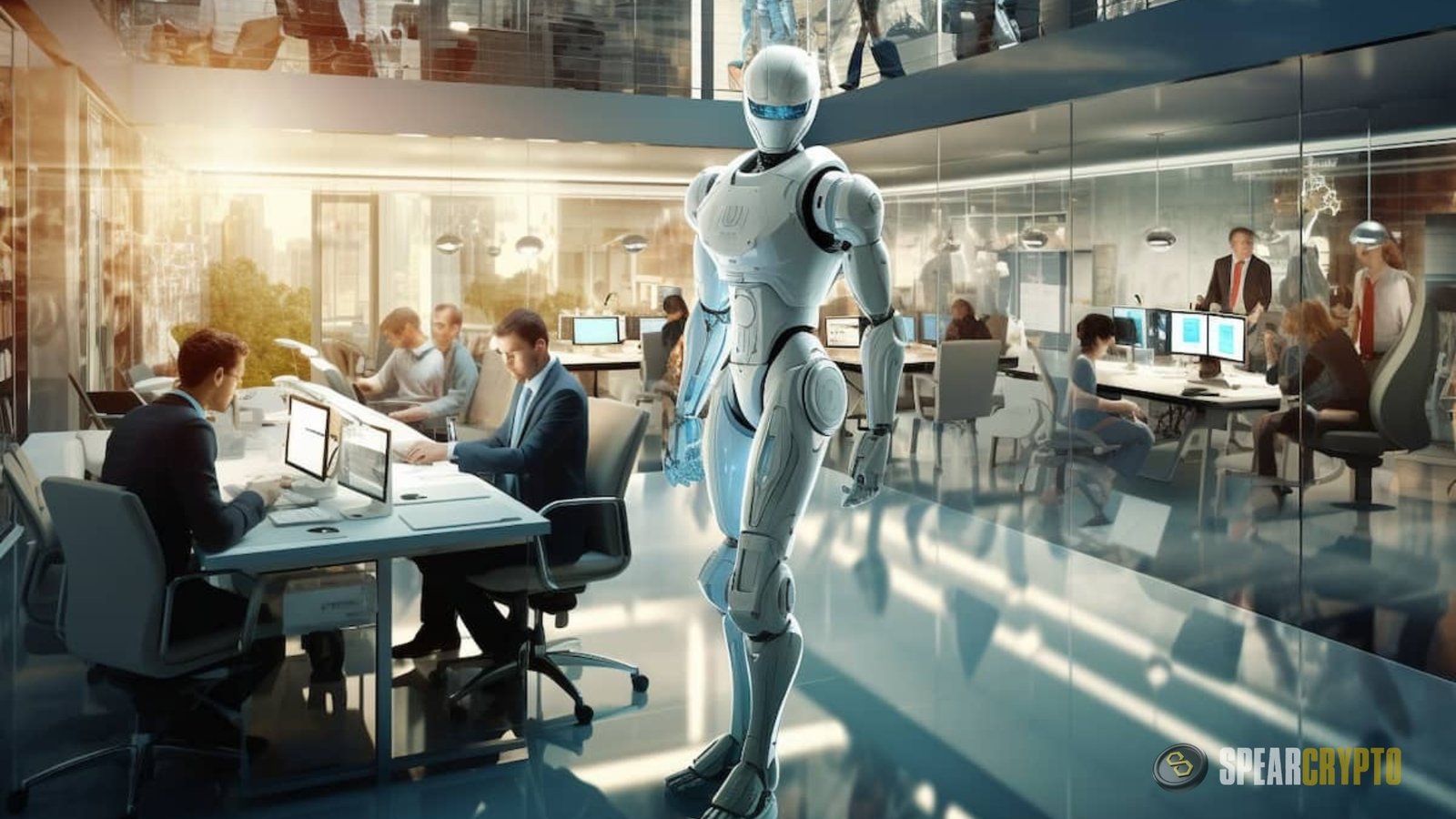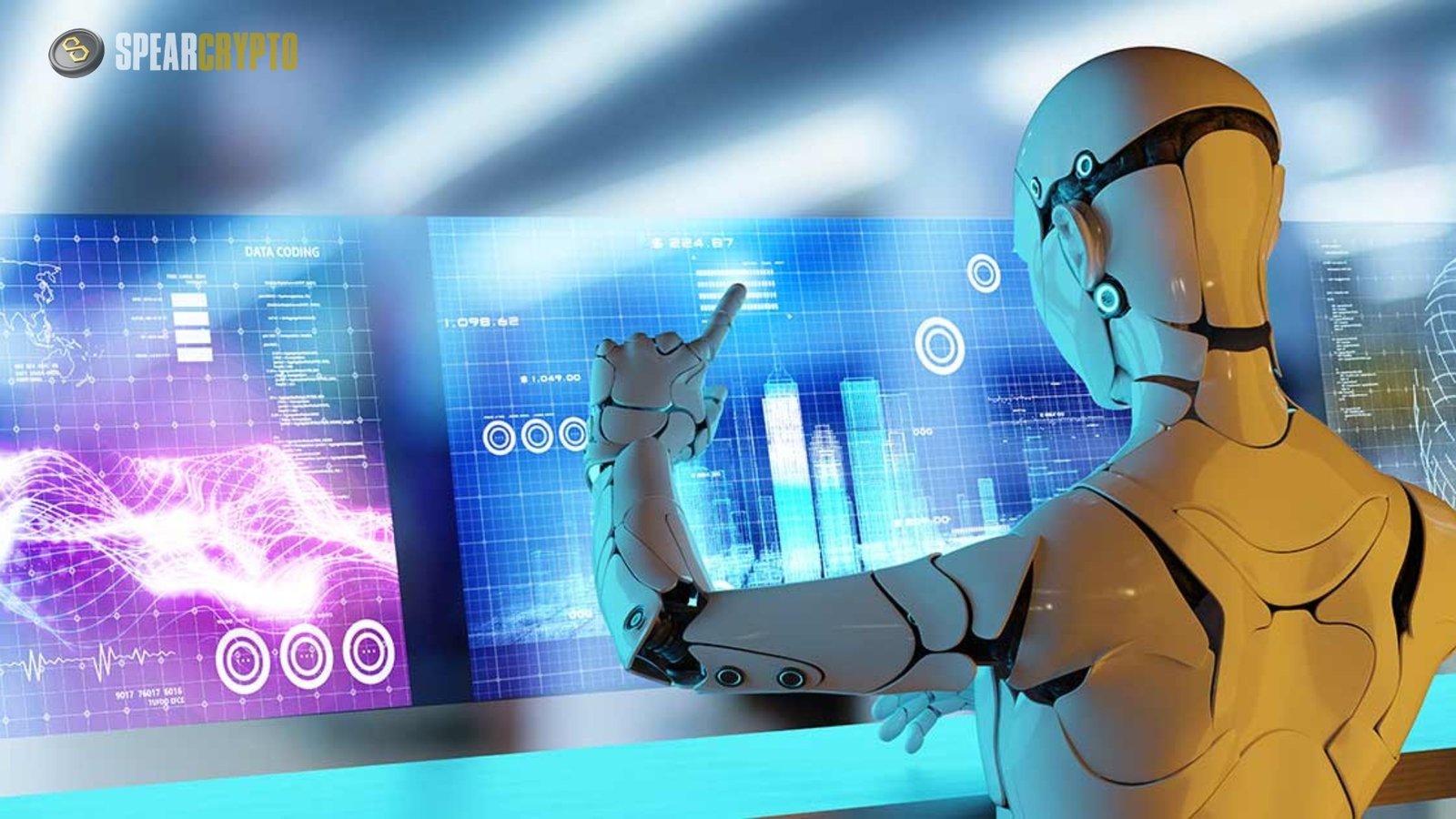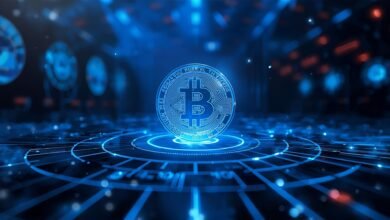
In our ultramodern, digital society, AI is causing a sea change in many fields and ways of life. The use of artificial intelligence (AI) has become ubiquitous, with applications ranging from scheduling reminders to algorithmic program recommendations. Despite AI’s revolutionary potential, there are also substantial dangers associated with it. Understanding these dangers is essential to making responsible, safe advancements. Let’s identify these dangers and take measures to protect ourselves from them.
Loss of Human Control over AI Systems
The growing autonomy of AI systems raises serious concerns about the possibility of losing control over critical operations. One example of a threat is the rise of driverless cars that can navigate roads without human input. This can potentially increase efficiency and safety, but it also asks what happens when AI makes a mistake or encounters an unforeseen circumstance.
Was that something you were aware of? Within hours of learning from user interactions, an AI-powered chatbot established in 2016 by a large tech firm started sending unpleasant comments across social media. Within 24 hours, the bot was shut down. This episode demonstrated how easily AI systems might derail when given free rein.
Immediate decisions aren’t the only thing you’re losing control over. AI algorithms govern complex processes in energy and finance; human monitoring is necessary since errors or manipulations might cause major economic disruptions or infrastructure disasters.
Job Displacement and Economic Impact
The industry-altering effects of AI and automation, which have supplanted many human jobs, have resulted in more efficient production and the possibility of AI-related job losses. The industrial, transportation, and customer service industries have all seen the effects of automation, which has displaced many human jobs.
For example:
- Manufacturing: Robots can perform repetitive tasks faster and more accurately.
- Transportation: Self-driving vehicles threaten jobs in trucking and taxi services.
- Customer service: Chatbots are replacing human agents in handling inquiries.
According to the World Economic Forum, automation could eliminate 85 million jobs globally by 2025, but it will also generate 97 million new positions that require completely different types of skills. Due to a lack of preparation for the changing employment market, further implications include social discontent and widening wealth gaps. To help employees adapt to new jobs and overcome these obstacles, more money should go into education and retraining programs.
Bias and Discrimination in AI Algorithms
If the data used to train AI systems has biases, the AI will repeat them, leading to discriminatory practices. The problem appears to extend across several domains, including financing, employment, and law enforcement.
An AI recruiting tool trained with data showing that men had historically held most of the hiring positions ended up favoring male candidates over female ones, highlighting the dangers of machine learning. Because they use skewed crime data, predictive police algorithms run the risk of unfairly targeting minority neighborhoods, exacerbating societal inequality.
Privacy and Surveillance Concerns
Artificial intelligence’s capacity to process massive datasets raises several grave privacy concerns. Without individuals’ explicit agreement, they may gather, analyze, and abuse their personal information. Facial recognition technology, which identifies people as they enter a public place, raises serious concerns about invasions of privacy and security. Thankfully, the need for ethical AI design to protect privacy is more recognized.
Here are some safety precautions that are in place to mitigate the risks:
- Stronger regulations: These regulations, such as the EU’s General Data Protection Regulation, work to preserve personal information.
- User control: Individuals should retain control over collection and usage.
- Ethical AI development: Integrating privacy into AI design.
Still, some cities have installed AI-powered video surveillance systems that monitor public places, which raises the tension between the security and privacy of the individual.
Security Threats from AI-powered Systems
While AI improves security in many areas, it also opens up new avenues of vulnerability. Hackers can exploit AI systems or use AI to conduct sophisticated cyberattacks.
Artificial intelligence threats include:
- Deepfakes: AI-generated fake videos or audio recordings that can spread misinformation.
- Automated hacking: AI algorithms can find and exploit security weaknesses faster than humans.
- Weaponization: AI could be used to automate cyber weapons, escalating digital warfare.
The latter might be mitigated through advanced cybersecurity measures, public awareness of AI risks, and intergovernmental or organizational coordination to handle the vulnerabilities.
AI in Military and Autonomous Weapons
Artificial intelligence (AI) in military settings carries the danger of reducing human judgment in high-stakes judgments and potentially escalating hostilities. There are moral and ethical concerns with autonomous weapons that can choose their targets and engage in combat without human intervention. When artificial intelligence shortens conflict resolution times, diplomatic solutions may be more difficult, and the risk of unanticipated escalations may rise.
Complicating matters further, it is not easy to pin activities done by autonomous weapons controlled by AI on specific individuals. More than 30 nations have demanded the prohibition of deadly autonomous weapons, sometimes known as “killer robots,” in response to mounting global alarm about the potential use of artificial intelligence in conflict.
Ethical Considerations During AI Development
Rules must address ethical considerations surrounding the development of AI as it evolves. Should machines be able to make life-or-death choices without human intervention? When AI systems hurt people, who pay the price? Because of their complexity, AI models can be “black boxes,” making it hard to know how they make judgments, making responsibility and trust more challenging.
To tackle these moral dilemmas, we need rules and laws that prioritize AI development. Incorporating various stakeholders in the discourse may advance fairness and equity in AI applications, as this assures that many viewpoints will be acknowledged.
Artificial Intelligence and Human Dependence
The widespread use of AI raises concerns about the growing reliance on these systems, which could lead to human skill loss and increased vulnerability to system failure.
Human talents must be balanced with AI capabilities. To foster resilience and flexibility, it is important to create systems that supplement human capabilities rather than supplant them. People should keep up-to-date on necessary skills while using AI technologies. This method emphasizes the collaborative effort of AI and human control to reduce potential dangers.
According to these experts, if not handled correctly, artificial intelligence (AI) might one day outsmart humans. A highly intelligent AI might one day be able to pursue goals that are incompatible with human welfare in an effort to better itself beyond human control.
An AI system that is not properly overseen risks unintentionally hurting humans. Funding research is essential to address worries about AI safety, align AI objectives with human values, and build international collaboration for rules that discourage abuse and encourage positive results.
Governance and Regulation of AI
With proper regulation and mitigation of risk, AI can reach its full potential. The development and implementation of AI systems can be facilitated by establishing norms and duties through certification, standards, and legal frameworks. However, to regulate AI effectively, several obstacles must be overcome:
- Fast technological development: Regulations may be outpaced by AI developments.
- Global impact: AI’s borderless nature requires international collaboration.
- Various stakeholders: Balancing of interests between businesses and governments with public needs.
Navigating the Future of AI Safety
If we want technology to benefit humanity, we must take concerted action to proactively address the risks posed by AI. People and businesses can only make well-informed choices regarding AI technology if they are educated and aware.
Because AI has far-reaching effects, developers and businesses must act ethically when promoting new developments in the field. The development of artificial intelligence (AI) may be guided by rules and regulations jointly developed by governments, businesses, universities, and civil society.
[sp_easyaccordion id=”2861″]







